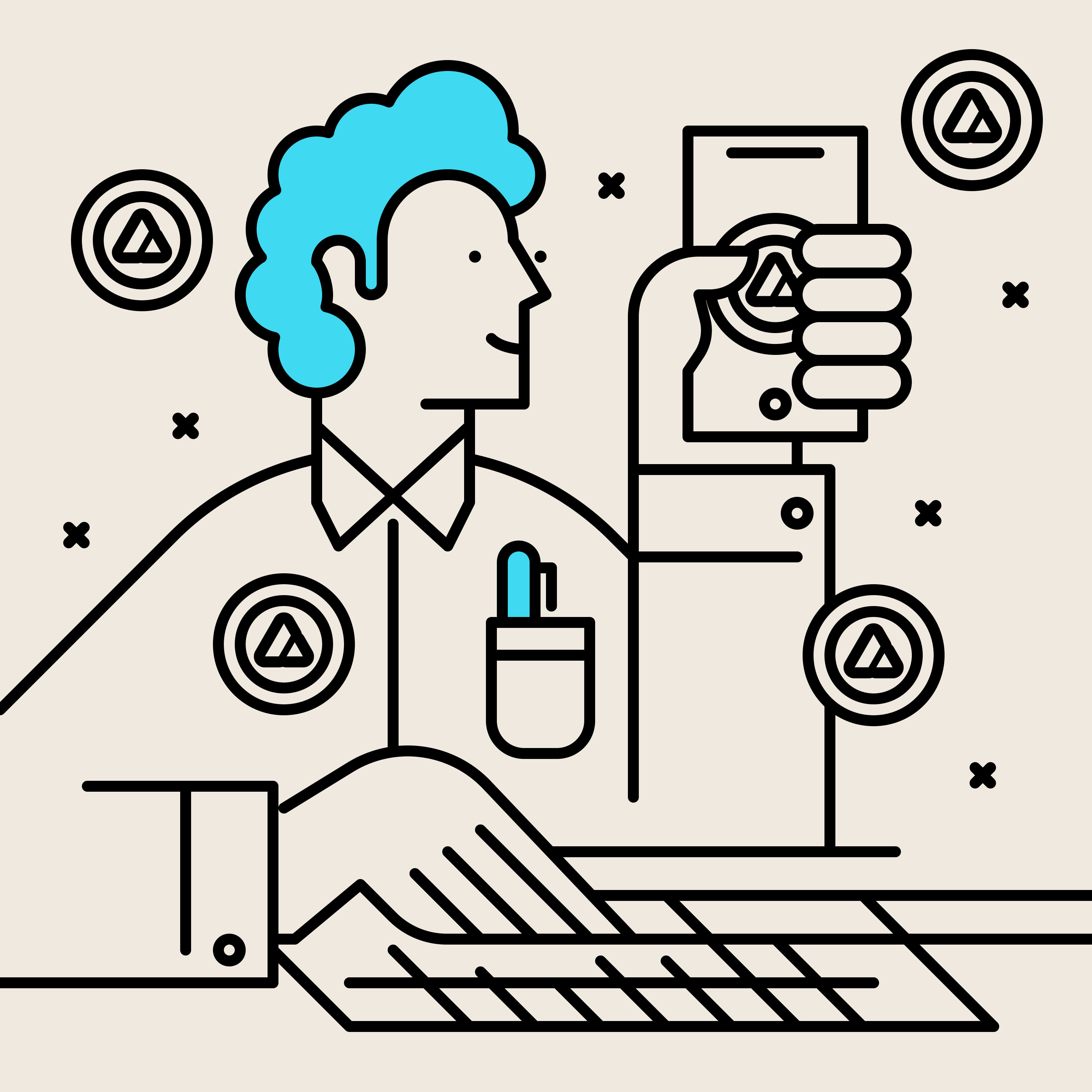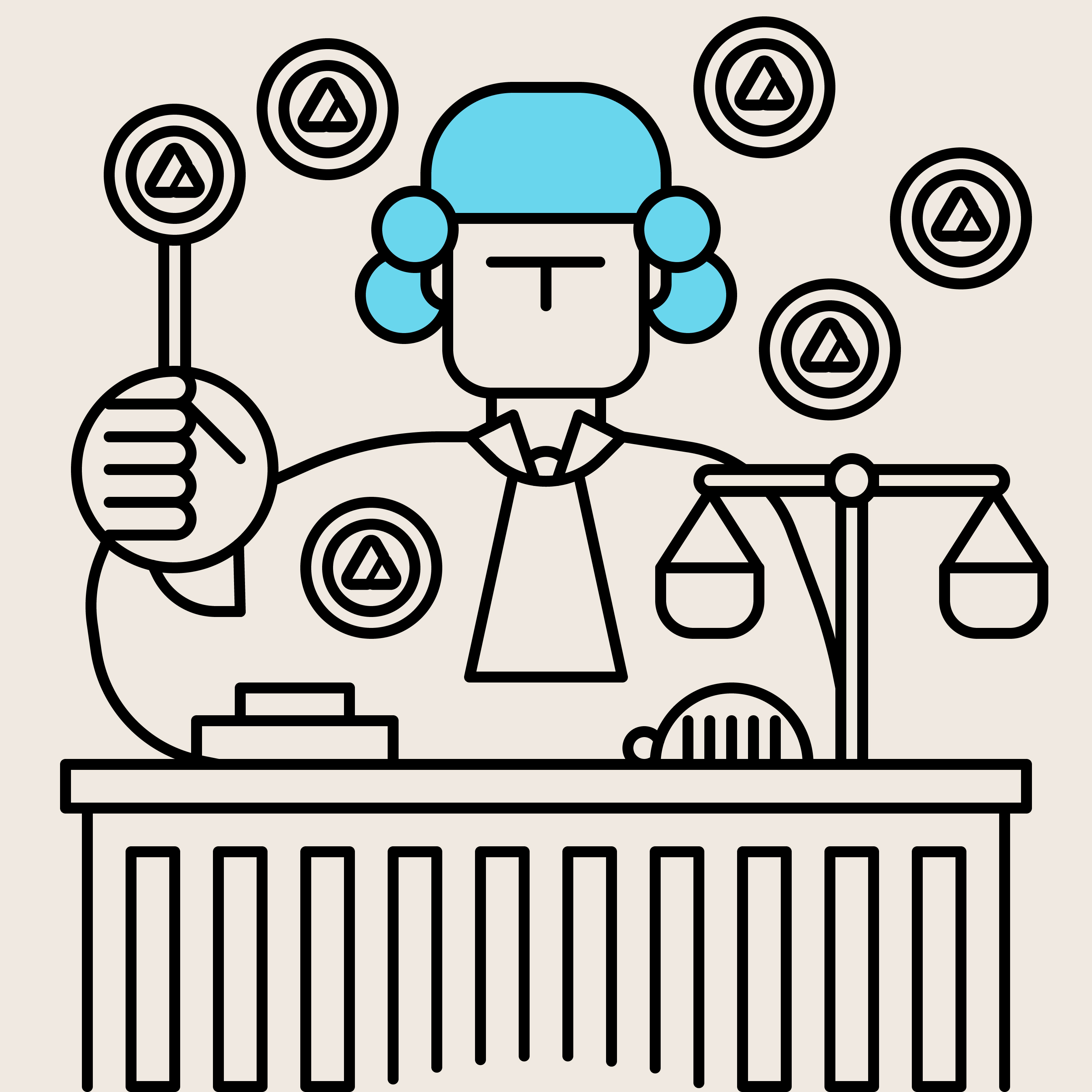The Policy Layer

Ep 29: Balcony - Revolutionizing & Tokenizing Real Estate
John Belitsky, Co-founder and Chief Innovation & Strategy Officer at Balcony sheds light on how they’re leveraging blockchain technology for greater transparency and efficiency in real estate, offering a glimpse into the innovative solutions reshaping the industry. 🌐 Discover more: Balcony | Home | The Global Standard For Real Estate Tokenization 🔍 To learn more about blockchain: Explainers 🎧 Listen on Spotify and Apple Podcasts.

Ep 28: Crypto Wallets as the Browsers of the Future
Akash Gupta (GM at Ava Labs) shares how transformative crypto wallets can be—from identity verification to the integration of social elements. Gain insights into the decentralized future and the large role of crypto wallets in shaping a secure and user-friendly digital landscape.

Ep. 27: Global Blockchain Trade Associations and 2024 Policy (Part 2)
This is the second episode from our “trade associations” miniseries for 2024. We are joined by Sandra Ro (Global Blockchain Business Council), Ian Taylor (KPMG and Crypto UK), Alison Mangiero (Proof of Stake Alliance), and Jannah Patchay (Digital Pound Foundation) discussing key blockchain developments, policy updates, and interesting use cases.

Ep. 24 DeFi with Yesha Yadav
Yesha Yadav (Vanderbilt Law School) delves into the complexities of decentralized finance (DeFi), exploring market structures, regulatory challenges, and the pivotal role of smart contracts in shaping the future of financial landscapes.

Ep 22: Unpacking Crypto: Use Cases, Decentralization, and Regulation
Teana Baker-Taylor (Circle) and Ari Redbord (TRM Labs) delve into the intricate world of crypto regulation, anti-money laundering, and blockchain's transformative potential. They discuss how decentralized finance challenges traditional frameworks, the evolving landscape of policy-making, and the impact of tokenization on established financial systems. Explore the societal and financial shifts instigated by groundbreaking blockchain technology and recent policy developments.

Ep 21: How Can Web3 Protect Speech
Today’s internet is awash with misinformation, illegal and harmful content sparking debates around content moderation versus freedom of speech.

Global Series Ep 1: SPANISH - Principios para guiar la regulación cripto
Acompáñanos mientras Sylvia y Leandro nos presentan el Árbol de la Sabiduría: cinco ramas para guiar la regulación de la blockchain y Web3. Empezaremos estableciendo los cimientos sobre la blockchain y desmitificando conceptos. Luego, hablaremos sobre tokenización, casos de uso y diferentes categorías de tokens. Después, veremos cómo está el ambiente regulatorio en esta industria y cerraremos con conceptos referentes.

Ep 9: How Deloitte is using smart contracts to accelerate disaster relief
"Stop the hype, focus on the solution". In this episode we explore the ultimate myth-busting use case developed by Deloitte to accelerate disaster relief. The project is called "Close as you go". It is built on an Avalanche subnet, yet its token, its use of smart contracts and its decentralised blockchain architecture is entirely invisible to the user. Deloitte has harnessed blockchain not for its own sake but to drive efficiency in the complex paper trail needed to prove eligibility for disaster relief.

Ep 8: How Lemonade is using smart contracts to revolutionize crop insurance
How smart are smart contracts? We will illustrate this with a fascinating use case as we explore how Lemonade Insurance is using smart contracts to revolutionize crop insurance. We will talk to Justin Gunnell, counsel at Sher Tremonte LLP who focuses on commercial litigation, as well as Roy Confino, Head of Strategy and Operations at Lemonade Foundation. Some of the questions we go over are: What is Lemonade? What is the Lemonade Foundation? What is the Crypto Climate Coalition? What are some of the ways that the blockchain solves the traditional cost and access problems? What are oracles? How smart are smart contracts then? They're smart in the colloquial sense of smart and sharp… Maybe they need to be called live contracts.

Ep 7: Can blockchain solve AI's trust problem?
AI is taking the world by storm, but the opaque nature of its algorithms has also raised concerns about the reliability and the fairness of the output it generates, as well as the potential for the technology itself to be used for malicious purposes. There is a trust issue for artificial intelligence which needs to be resolved – not only for ethical reasons, but also because regulators need to look into AI’s "black boxes" to understand how they work. Thanks to its transparent, open-source nature and its strong focus on auditability, blockchain has the potential to act as a decentralized, encryption-based guardrail for AI systems. Listen to Shawn Helms, co-head of McDermott Will & Emery’s technology and outsourcing practice, discuss the intersection of AI and blockchain with: Anne Gressel, Associate at Debevoise & Plimpton and member of its fintech and technology practice; Erwin Voloder, Head of Policy at the European Blockchain Association, and Kai Zenner, Head of Office and Digital Policy Adviser for Member of the European Parliament Axel Voss.

Ep 5: What is a Subnet?
Blockchain still faces a number of different technology bottlenecks that are related to the complexity of its underlying infrastructure, its scalability, and the speed of its consensus mechanisms. Subnets are part of Ava Labs’ innovative approach to solve these issues. By taking a blockchain and splitting it into multiple parallel blockchains that operate at the same time and within the same ecosystem, subnets make it possible for anyone to create their own blockchain, tweak it to whatever project, and have it comply with possible any regulatory framework. Our wise owl Sylvia Sanchez, Product Manager at Owl Explains, talks with Connor Daly, Software Engineer at Ava Labs – also known as the man with the most cats in crypto – about the advantages of subnets, how easy and quick it can be to start one, and how they ultimately contribute to increasing further adoption and spurring further innovation. Plus, Connor gives us a glimpse into his pet feeding routines and his plans for enlarging the extended family to more foster animals.